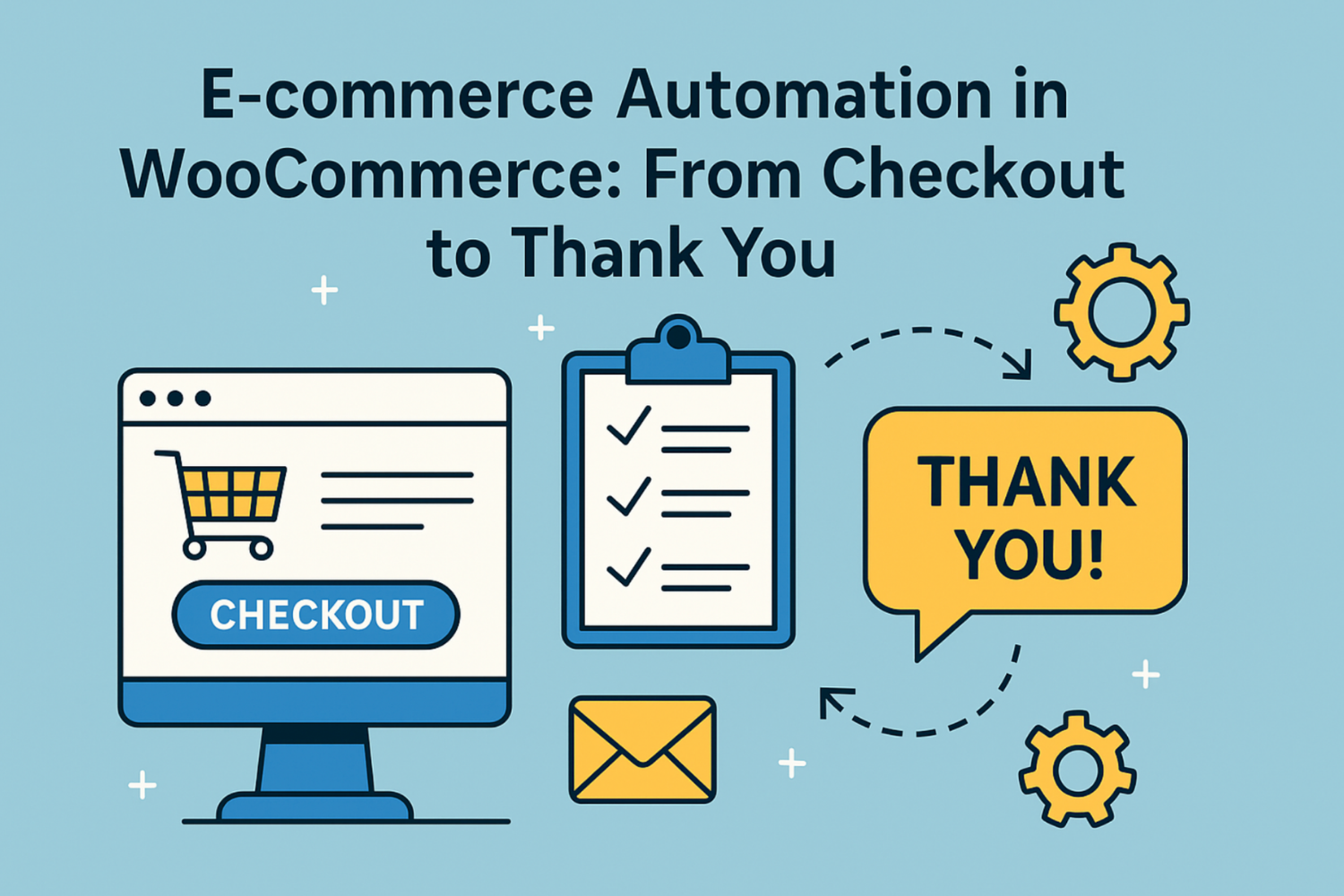
Cart abandonment happens to every business and, because it’s so commonplace, many brands think they can just ignore it. Some even consider cart abandonment a good thing as it proves you’re bringing customers to your store and tempting them with your products.
However, there’s no rate of cart abandonment that should satisfy any business except 0%. When you have a customer who’s a click or two away from making a purchase, cart abandonment translates directly to a loss of income – around $4 trillion dollars is lost in cart abandonment globally, by some estimations. If that doesn’t get your eyes watering, I don’t know what will.
Every time you suffer cart abandonment, you’ve lost a potential sale. But what’s even more worrying is that some unknown has intervened in a customer’s experience to prevent them from making a purchase. If customer experience is suffering in some way, you need to know – listening to your customers is the key to success. Customer experience and cart abandonment are two sides of the same coin: let’s take a look at how customer feedback can be utilized to decrease cart abandonment.
Table of Contents
Collect Feedback To Build Trust
Building trust amongst your customers is essential to ensuring your survival as a business. Once you have the trust of your customers, there’s a strong relationship which means they’re likely to make repeat purchases from you. In essence, trust is a zero-sum game. If you’re building trust amongst your customers, that means you’re ahead of the competition – and every opportunity you miss to do this leaves space for your competitors to slip in.

Building trust at every step of the customer journey means that when it comes time for customers to commit to a purchase, there’s nothing that can get in the way. Providing customers with plentiful opportunities for offering feedback is a great way to build trust and strengthen customer experience -customers that feel listened to will inherently feel valued.
Pop-up surveys with two or three inobtrusive questions can be integrated into many parts of your website. A landing page can ask customers how they got there and what they’re looking for, whilst clicking away from a cart can prompt a short questionnaire exploring what caused them to question their purchase.
Crafting The Perfect Questions
Finding out what your customers think can be a challenge. As pollsters know, the form that a question is presented in can affect the answer – brands can leverage this by using language to subtly improve customer experience, but if you’re not careful you’ll sway your customers so much that their feedback is corrupted. Finding the balance is the key to the perfect question.
Tailor your questions to the KPIs (key performance indicators) your organization has chosen to track. Building dynamic surveys which adapt depending on the answer they receive is a great way to personalize the experience. For example, the question “how satisfied were you with the checkout process” could lead to two options depending on the answer given. A negative response could prompt the question: “we’re sorry. What can we do to make it better?” whilst a positive response could lead to a different question entirely.
Getting Specific
The more information you can gather from your customers, the better you’ll be able to tailor the experience. However, you only have a brief window with which to ask your questions. Finding ways to get specific feedback is essential for optimizing customer experience.
The way you build your copy can have a big impact on the information you receive. For example, asking “how satisfied were you with our shipping options?” will let you gauge customer reactions, but to know how to improve your process you’ll have to ask a follow up question. Asking open questions such as “which shipping options would you like to see us offer?” with a multiple choice answer will let you take advantage of that brief moment you possess the customer’s attention.
Data Counts
Capturing data about your customers’ behaviour has never been easier and this data can provide valuable insights into how cart abandonment is taking place. For example, pain points can be identified by tracking traffic – if you discover there’s a certain point in the checkout process that you’re losing customers, you can implement customer feedback pop-ups at this level to take a deeper dive into the problem.
Google Analytics captures a lot of this data automatically so leveraging this data cache will help you identify problems. If you run a WordPress site there are plugins which capture data and present it in comprehensible visualizations for ease of processing.
Hotel California Syndrome
“You can check out any time you like, but you can never leave”: when the checkout process becomes a clunky and laborious effort that customers have to undertake, cart abandonment rockets. Checkout is a delicate interaction with the customer, one which requires customers to input lots of data from addresses to payment options, and every moment should be streamlined to ensure you don’t lose customers along the way.
Take every step you can to smooth out the checkout process and remove redundant pages, forms and steps you’re forcing the customer to take. Amazon’s one-click purchase function is the epitome of this model – don’t add barriers to customers buying your products.
Your Content Counts
When nearly one in three instances of cart abandonment occur because of problematic product descriptions, it should be clear that your content counts. Ensure that your copy describing your products is up to scratch and incentivize customers to leave informative reviews of your items.
With great content on your product pages, customers will not only know what they’re getting – they’ll know what they’re missing if they don’t make a purchase.
Abandonment Issues
Card abandonment is a huge problem for any business in the ecommerce sector and every step you can take to reduce it will see your revenue increase. Collecting, analyzing and implementing customer feedback is one of your greatest weapons in the war against cart abandonment and by simultaneously strengthening customer experience you’ll be creating loyal customers that go all the way to making a purchase with you – time and again.
Author Bio
Ashley Halsey is a professional writer at Dissertation Writing Services UK and a freelance digital marketing consultant. Ashley specializes in strengthening brand image and engagement through digital strategies. She has two kids and lives in Salt Lake City.
Related Articles
- Tips on How to Reduce and Recover Abandoned Carts in Magento 2 Stores
- Top 3+ Magento 2 Post Purchase Email Extension | Free & Premium 2020
- Top 8+ Magento 2 Email Marketing Tools for eCommerce 2020
- Top 8+ Magento 2 Follow Up Email Extension| Free & Premium 2020
- Top 10+ Best Magento 2 Abandoned Cart Email Extensions | Free & Premium 2020
- How to Configure Sales Email in Magento
- 3+ Simple Steps to Change Email Logo Magento 2
- 10+ Best Magento SMTP Extension | Email Configuration Extension











![[SALE OFF] Discount 30% All Premium Extensions On Christmas And New Year 2025 christmas-and-new-year-2025](https://landofcoder.b-cdn.net/wp-content/uploads/2024/12/christmas-and-new-year-2025-1-218x150.png)





